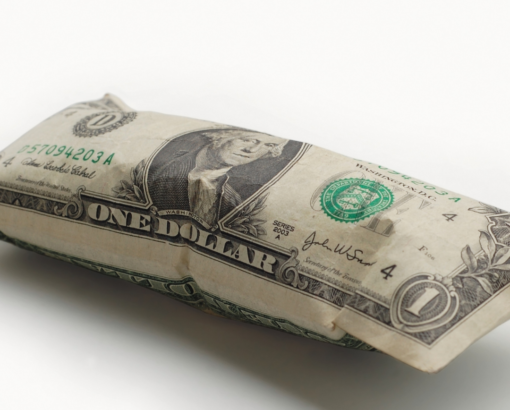As financial quarterbacks, we take pride in making recommendations and implementing those recommendations for all of our clients. There are times, however, when we can’t execute on your behalf. The current opportunity in Series I savings bonds is a case in point.
While we often recommend exposure to Treasury bills, notes and bonds, it isn’t often that savings bonds catch our attention. With the recent spike in inflation, however, the I Bond (no, it’s not a new financial product from Apple) has been making headlines lately. The Series I Savings Bond interest rate is tied to the current rate of inflation measured by the Consumer Price Index (CPI). The interest rates credited on savings bonds are reset semi‐annually with the rate for the current period set at an annualized 7.12% rate for bonds issued through April 2022.
In an era of low rates, traditional savings bonds haven’t offered much yield. Series I Bonds, however, are designed to provide an inflation hedge. Bonds will earn interest for 30 years or until you redeem them. The minimum term of ownership is 1 year. If you redeem the bond before 5 years you forfeit interest from the previous 3 months. After 5 years there is no penalty. Suffice today, there aren’t other fixed income instruments available that offer a combination of security (i.e., a direct Treasury obligation), tax advantage (state income tax exempt with the ability to defer Federal tax until redemption) and such a competitive yield.
While this isn’t too good to be true, there is a catch. Investors are limited to buying just $10,000 per person per year of I bonds. A married couple, can, therefore buy $20,000 of bonds. These are purchased directly from the US Treasury at www.TreasuryDirect.gov. You will need to establish an account, and electronically transfer funds from a bank account for a purchase. Additionally, an individual can purchase another $5,000 per year by using a Federal tax refund. Thus, if you are due a large tax refund, an individual can buy up to $15,000 per, or $30,000 for a couple.
We wish the limits for buying I bonds were larger and some members of Congress have proposed expanding the limits. For now, however, I bonds should be viewed as a very useful but limited tool for emergency funds or other liquid assets. While we are unable to assist you directly in buying I bonds through your brokerage account, we look forward to answering your questions about how this tool may fit in your situation.



